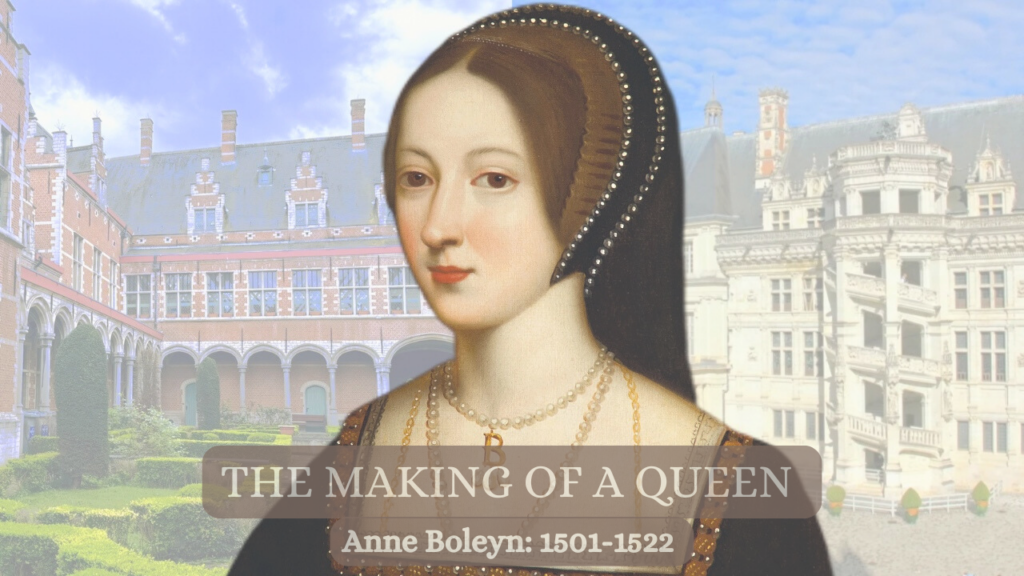What sparked your interest in Tudor history?
In 1970, when I was in my teens, British television did a marvellous series, “The Six wives of Henry VIII,” starring Keith Michell as the king . It is still available on DVD. Unlike the current, infantile “the Tudors” series, it was a serious drama which showed how the men and women of the time thought and felt. I was fascinated by the idea that human feelings remain the same but people’s beliefs and ideologies change utterly over time. That series sparked off my interest in that period of great change in particular.
What or who was the inspiration behind the protagonist Matthew Shardlake?
There was no particular person– though I have always been drawn to the tradition of detectives, since Chandler, who “down these mean streets must walk alone.”
Why did you create him with a physical disability?
That was just how he appeared to me when I thought what I wanted him to be like. So I’m sure that subconsciously I was looking for something to justify his being a loner, an outsider, at a time when people lived and thought much more commonly than they do now.
Your books breathe life back into Tudor England, are meticulously researched, vivid and detailed. Tell us a little about the process you follow when researching your novels.
Over the years I have managed to get a good background knowledge of the period, which helps. When I find a topic, an event, around which to centre each book, I start by reading published books on the area, but often I have to dig much deeper. The amount of research work varies greatly from book to book. Dissolution, for example, needed only published works. Sovereign, however, dealt with a subject – Henry VIII’s progress to York in 1541– which no one had researched properly before, so I did the research work myself. Heartstone, on the other hand, dealt with the sinking of Henry VIII’s great warship the Mary Rose, which has been extremely well researched and where a lot of archaeological evidence has been recovered from the ship. So there was a lot of work there, but it was treading in the footsteps of others.
Have you visited places associated with the characters in your books? If so, do you have a favourite location?
Apart from my first book, Dissolution, which had a fictional setting, I have tried to visit every location featured in the book. I have walked the streets of London where the streetplan of the City of London follows that of the mediaeval city very closely, although between the Great Fire of 1666 and the Blitz of 1940–1, nearly all the original buildings are gone. By contrast, the medieval city of York, where Sovereign is set, still largely exists, and I think that is my favourite location so far.
What does the future hold for Matthew Shardlake?
The novel sequence has reached 1545, so Henry VIII has less than two years to live. I have plans for one more novel set in Henry’s time, and for one after that set during the short reign of his son. After that who knows, I would like to carry on into the reign of Elizabeth I but that does not start until 1558.
Are there any authors that have proved particularly inspiring to you in your career?
HG Wells for showing me, when I was a boy, that the best stories are often set in far-off places and times. PD James and Ruth Rendell, in the 1980s, for breathing new life into the murder story. And of course Umberto Eco for writing the best historical thriller ever, The Name of the Rose.
I enjoy hearing from people of the past in their own words. Letters reveal so much about the writer and the time in which they lived. Do you have a favourite historical quote?
Here is Thomas Cromwell, addressing Parliament in 1540, talking about the arguments which reading of the newly licensed English Bible were causing;
“some were called papists, others heretics; which bitterness of spirit seemed strange, since now the Holy Scriptures, by the King’s great care of his people, were now in all their hands in a language they understood. But these were grossly perverted by both sides who studied rather to justify their passions out of them than to direct their belief by them.” And so it still goes.

















I am on an odyssey at present, currently staying in Beverley with the vicar and family, trying to save St Mary’s church, a 900 year wonder untouched by the ravages of the Dissolution. Remarkably, there is a stone carving of Henry VIII on one of the nave aisle pillars and a painted ceiling boss of what can only be the same king. I cannot understand how this church (Sir John Betjeman rated it the finest in the country) remained unscathed, given that John Fisher, son of Robert Fisher, merchant of Beverley and buried before the Rood inside the church, became Bishop of Rochester. He refused to agree to Henry VIII’s Act of Succession and he was imprisoned in the Tower. Pope Paul III made John a Bishop at this time. Henry responded, saying if the cardinal hat reached England’s shores, Fisher would be wearing it on his shoulders. Henry responded. He accelerated John’s trial and he was found guilty and beheaded on Tower Hill on 22 June 1535, some three weeks before the better known Sir Thomas More. The pope issued the Bull of Deprivation against Henry after his treatment of John Fisher. I was so inspired by “Soveriegn” that I had to visit Holme on Spalding Moor today. I could picture Brother Matthew Shardlake resting at the lychgate… (I too am a lawyer, but so dull a life by comparison!) Beautiful books.
Loved this book series. Think I’ll read it again.